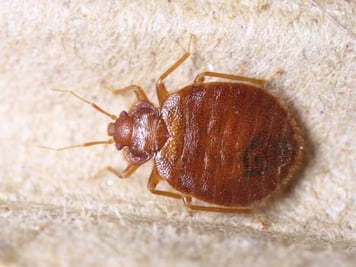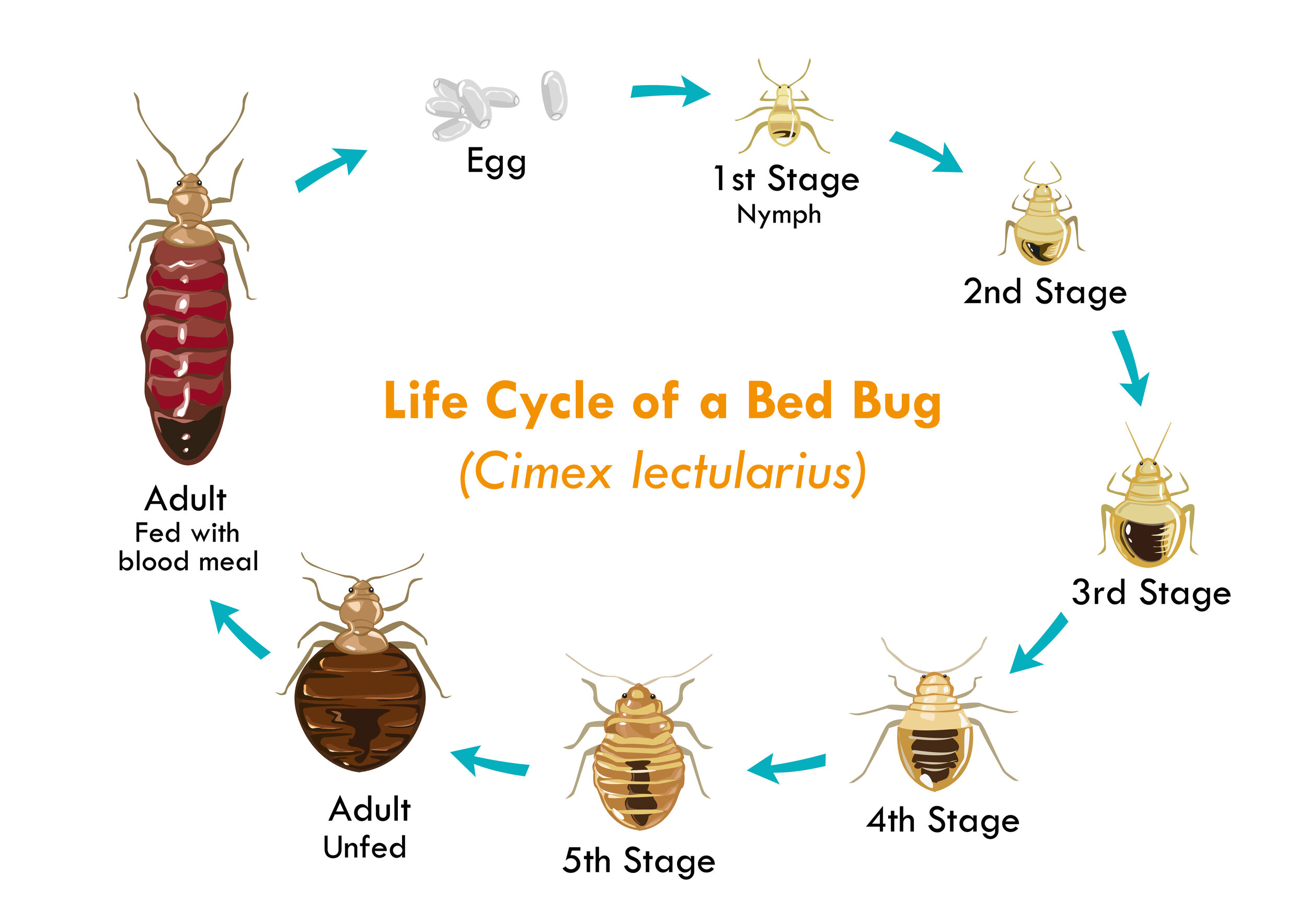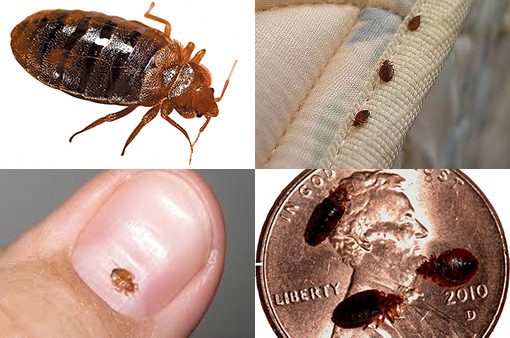Top A1 Bed Bug Treatment in Houston - Quick and Affordable
Top A1 Bed Bug Treatment in Houston - Quick and Affordable
Blog Article
Comprehending the Lifecycle of Insects for Targeted Control Techniques
Understanding the lifecycle of pests is a basic facet of efficient insect administration techniques. With a deeper understanding of how pests grow and advance, tailored control strategies can be designed to attend to certain points in their lifecycle, ultimately leading to even more successful pest monitoring results.
Significance of Understanding Parasite Lifecycle
Understanding the lifecycle of parasites is essential for developing efficient and targeted control methods in bug monitoring. By understanding the numerous phases a bug goes with from egg to adult, bug control professionals can identify vulnerable factors in the lifecycle where treatment can be most effective.
Additionally, acknowledging the particular environmental conditions essential for each and every phase of the bug's lifecycle can direct decisions on environment alteration or exemption techniques to interrupt the lifecycle and reduce parasite populaces. This expertise allows pest administration professionals to implement aggressive procedures instead of relying solely on responsive therapies, resulting in more sustainable and lasting bug control options. Ultimately, a thorough understanding of pest lifecycles empowers pest control experts to customize their techniques effectively, optimizing and reducing ecological effects control outcomes.
Trick Phases in Insect Development
To successfully implement targeted control techniques in parasite management, a vital facet lies in thoroughly recognizing and understanding the crucial stages in bug development. Bug growth usually is composed of several crucial phases that are essential for their lifecycle and administration. The initial stage is the egg stage, where bugs lay eggs that later on hatch right into larvae. Larvae then proceed into pupae, a phase where they undertake metamorphosis prior to becoming adult parasites. Understanding these stages is necessary as it helps in determining weak spots in the lifecycle where control steps can be most efficient.

Vulnerabilities in Bug Lifecycle
Throughout the numerous phases of a parasite's lifecycle, distinctive susceptabilities arise that can be tactically targeted for effective control actions. One critical susceptability hinges on the egg phase, where insects are commonly much more susceptible to particular insecticides or organic control agents because of their soft external shell, making them much easier targets for intervention. Furthermore, the larval or nymph stage offers vulnerabilities as parasites undertake rapid development and growth, requiring high power consumption that can be manipulated by disrupting their food resources or introducing growth preventions. Pupal stages, defined by immobility and makeover, provide a home window for targeted control through physical obstacles or details treatments that impede effective emergence. Adult bugs, while extra resistant due to their reproductive capacity, can still be susceptible during mating or egg-laying tasks, which can click site be interfered with via scent catches or sanitation strategies. Understanding these vulnerabilities in the insect lifecycle is necessary for creating efficient and accurate control methods that successfully take care of parasite populations while minimizing environmental impact.
Executing Targeted Control Measures

Applying targeted control measures commonly involves a multi-faceted approach. This might include environment modification to make the setting less friendly to insects, such as getting rid of standing water for mosquito control or securing access points for rats. In addition, biological control techniques can be made use of, where all-natural predators or virus are introduced to maintain parasite populations in check.
Integrated Pest Administration (IPM) methods that incorporate various control steps in a collaborated and lasting fashion are often the most effective in achieving long-term parasite administration goals. By carrying out targeted control measures based on an extensive understanding of insect lifecycles, pest populaces can be successfully controlled while minimizing threats to human wellness and the atmosphere.
Enhanced Pest Monitoring Practices

In addition, the incorporation of biological control representatives, such as all-natural killers or virus of pests, can help in reducing dependence on chemical pesticides and advertise an extra well other balanced ecological community. Applying physical obstacles and catches can likewise be part of enhanced insect administration practices, providing non-toxic and targeted solutions for pest control. Additionally, using scents and various other semiochemicals can interrupt pest mating patterns and communication, bring about lowered parasite populaces gradually.
Final Thought
By recognizing essential phases in insect development and vulnerabilities in their lifecycle, targeted control measures can be executed to reduce insect populations. Enhanced pest management practices can aid lower the dependence on broad-spectrum pesticides and promote even more eco pleasant and sustainable pest control approaches.
Recognizing the lifecycle of parasites is crucial for creating efficient and targeted control techniques in look these up pest monitoring. By comprehending the various phases a bug goes with from egg to adult, pest control specialists can determine prone points in the lifecycle where intervention can be most successful. Ultimately, a comprehensive understanding of pest lifecycles empowers parasite control specialists to customize their methods effectively, decreasing environmental influences and making the most of control outcomes.
By applying targeted control steps based on a detailed understanding of insect lifecycles, parasite populations can be successfully controlled while decreasing dangers to human wellness and the environment.
By determining key stages in parasite development and susceptabilities in their lifecycle, targeted control measures can be executed to lessen pest populations.
Report this page